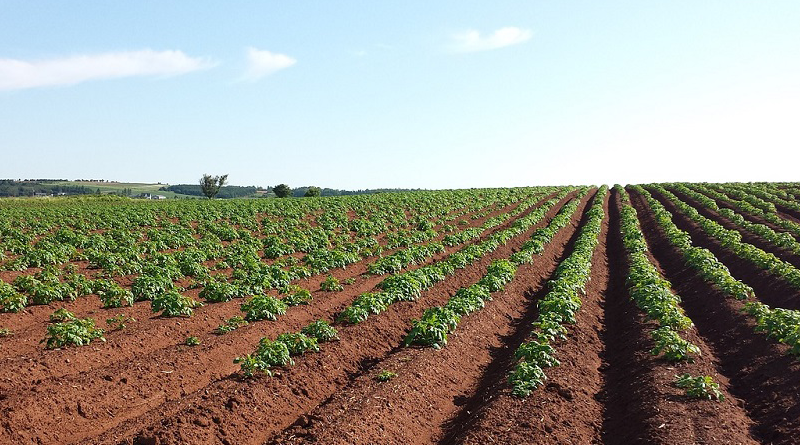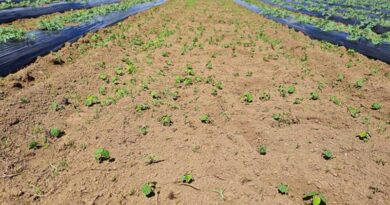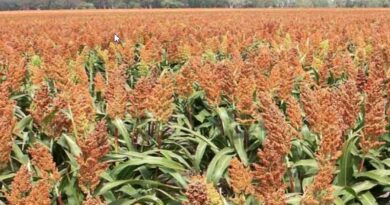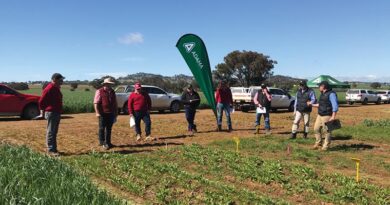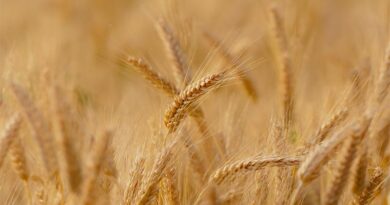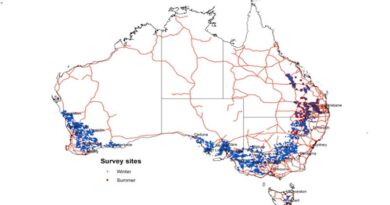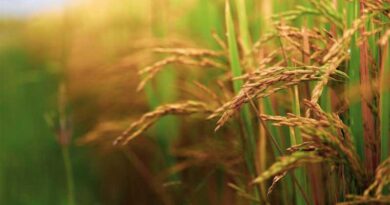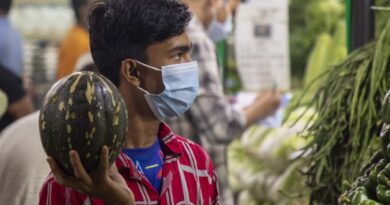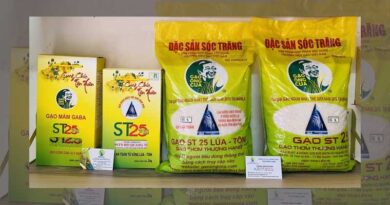Paddock practices: Summer weed management
14 January 2022, Australia: With glyphosate prices on the rise and weeds of all kinds expected to be an issue after rainfall events, Australian grain growers should consider a summer weed management strategy as a matter of priority.
Weeds present one of the biggest costs to growers, so investing in proactive management can help maintain profitability and preserve soil moisture for the 2022 winter cropping season.
ICAN Senior Consultant, Mark Congreve, whose work is supported by GRDC investment, said spraying weeds when they’re young is the most effective way to control them and the best way to ensure growers get the maximum value from their herbicides.
Mr Congreve said with high populations of weeds and rising glyphosate prices, growers should be discussing management options with their advisers and implementing targeted strategies to get the best results.
Also Read: Summit Carbon Solutions Partners with Blue Ammonia Project to Decarbonize Ag Supply Chain
Here are some things to consider when implementing a summer weed management strategy:
Weed identification:
Mr Congreve said the first step to tackling early weed emergence was identifying weed species and determining their resistance levels from prior testing and paddock observations based on the level of control from previous spray applications. This significantly influences management options, herbicide selection and other application factors such as dose rates, droplet size and sprayer set up.
GRDC’s Common Weeds of Grain Cropping Ute Guide encourages the identification of weed species as a priority to ensure correct management decisions are made in a timely and cost-effective manner. Correct identification of weeds allows the correct choice of herbicides management tactics.
Optimal glyphosate application:
It’s common for growers to consider what other mixing partners they should add to their glyphosate applications when paddocks have established weeds. However, Mr Congreve said the best way to maximise glyphosate efficiency was to apply it straight, under optimal conditions.
“Growers should try to avoid mixing glyphosate where possible, as other herbicides can often hinder its performance,” he said.
“In particular, mixes with Group 4 (I) herbicides such as 2,4-D and fluroxypyr can be antagonistic for control of glyphosate resistant grasses and broadleaf weeds, such as sow thistle, under summer application conditions.”
“Group 14 (G) herbicides may also reduce glyphosate performance when mixed and applied under high light intensity conditions.”
Adding mixing partners to glyphosate can be effective when weeds are small and glyphosate susceptible, but Mr Congreve said negative interactions are more likely to occur when dealing with resistant weeds.
Mr Congreve said if growers are unable to apply herbicide under optimal conditions, they’ll need to increase glyphosate rates to compensate.
“This isn’t something growers would want to hear considering high prices but getting a great result the first time could save additional sprays throughout the season.”
Some things to consider when applying glyphosate:
- Use at least coarse to very coarse spray quality for summer glyphosate applications. Larger droplets allow more time for glyphosate to get into the leaf due to slower droplet evaporation.
- Avoid applying under ‘heat wave’ conditions i.e. consecutive days with temperatures in the mid 30s and low humidity, as many species will respond to these conditions by modifying their waxy leaf cuticle to be less receptive to water-based herbicides like glyphosate.
- If spraying must occur in ‘heat wave’ conditions, growers should use the maximum glyphosate rate and apply during the cooler times of the day, allowing at least 4 to 6 hours of leaf uptake before it gets hot
- The application of glyphosate on to dusty, soil covered leaves can reduce its efficacy as the herbicide strongly binds to soil particles.
- Growers should strongly consider the addition of ammonium sulphate when using glyphosate, to both improve water quality for spraying and to assist with uptake of the glyphosate molecule.
Double knock applications:
Mr Congreve recommends a double knock immediately after harvest if paddocks have weeds from the winter crop, or summer weeds emerging.
When dealing with resistant weeds, it’s important growers use a second knock that’s able to control any weeds that survived the first pass.
More information on successfully implementing a double knock program can be found in the GRDC publication Effective Double Knock Applications.
Mixing herbicides during a double knock: For growers using a double herbicide knock, Mr Congreve said the second pass was a better time to mix other herbicides when targeting specific weeds, as opposed to mixing herbicides in the first knock with glyphosate.
“Paraquat is generally more compatible with a wider range of broad-leaf herbicides,” he said.
“Growers could also add a residual herbicide to the paraquat pass, which may minimise additional knockdown sprays – this could be extremely valuable if glyphosate supply is limited.”
Mr Congreve said growers should talk to their agronomist about suitable residual options based on weed species and what crops they’re going to plant in the next season.
“In many cases, there’s an effective residual option that won’t cause major plantback concerns when applied,” he said.
Timing: Ideal timing between the first knock to the second should be somewhere between 3 to 14 days. Mr Congreve said this allows enough time for the glyphosate to fully translocate but not too much time that weed regrowth commences.
“Timing should be at the shorter end of this range when targeting grass weeds. When growers are dealing with mixed species, timing should be between 5 to 7 days,” he said.
Implementing a double knock following rainfall: Applying glyphosate via air if paddocks are too wet to traverse, can achieve good results soon after weed emergence.
Mr Congreve said this would be a good management option for growers as it could minimise rates while weeds are small and environmental conditions are favourable.
Growers can then be ready for their second pass once paddocks are sufficiently dry. This adds a lot of efficiency to the spraying operation where spray capacity is limited.
Using optical sprayers:
Mr Congreve said with significant weed activity, most growers are likely to do a broadcast spray after harvest for their first pass however, having an optical sprayer available for the second pass could be a significant benefit. Benefits include:
- Large savings in herbicide use, especially when weed populations are sparse
- Minimising tank fills. This would increase the number of hectares being treated per day, meaning weeds would be addressed quicker and overhead costs would reduce.
- When used as the second pass of a double knock program, more robust application rates can generally be afforded, which often results in better control of ‘tough’ weeds.”
Mechanical weed management:
While there is reluctance to disturb stubble cover in paddocks, in some cases, Mr Congreve said the most effective option for growers faced with a high number of well established or resistant weeds, could be to look at mechanically managing these weeds through cultivation.
“Throwing high rates of chemical at large or resistant weeds can be wasted money and while cultivation may be considered a last resort, it’s normally effective.”
“Growers do have to consider management challenges that could result from cultivating, such as trafficability, loss of stubble cover and possibly erosion depending on soil type and follow up rainfall.”

